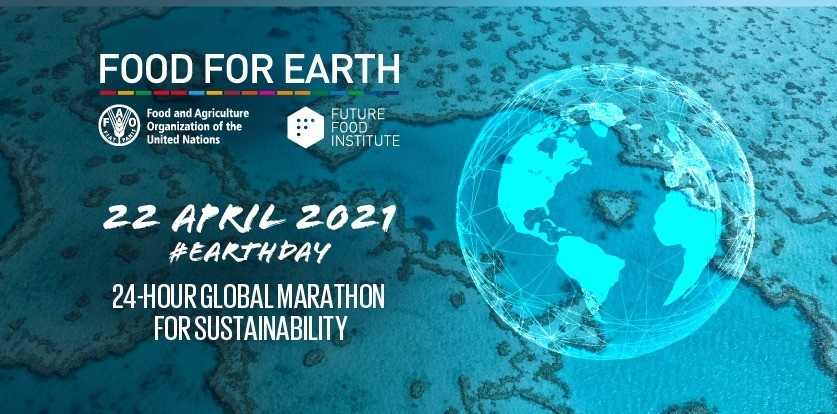World Milk Day 2024 Report – Celebrating Dairy’s Vital Role in Nutrition and Sustainability
This year, on June 1, we celebrated the vital role that dairy plays in delivering…
 In 1970, 20 million Americans came together to call for the protection of planet earth and this was recorded in history as the first ever Earth Day. Also known as International Mother Earth Day, April 22 marks the day of the year when the public is made aware of the state of the planet.
In 1970, 20 million Americans came together to call for the protection of planet earth and this was recorded in history as the first ever Earth Day. Also known as International Mother Earth Day, April 22 marks the day of the year when the public is made aware of the state of the planet.
Environmental issues such as climate change come to the fore on this day. For over 50 years, Earth Day has been widely recognized as a day of action to change human behaviour, and create global, national, and local policy changes. This has come in various forms with the most memorable action taking place in 2016 when the landmark Paris Agreement was signed by some 120 countries. This signing satisfied a key requirement for the entry into force of the historic draft climate protection treaty adopted by consensus of the 195 nations present at the 2015 United Nations Climate Change Conference in Paris.
However, a number of other key issues have been raised over the years such as food access and availability. The State of Food Security and Nutrition In the World 2020 demonstrated that the world has gone off track when it comes to achieving Zero Hunger by 2030. Current estimates state that nearly 700 million people are hungry and the numbers keep rising. In addition, a preliminary assessment shows that between 83 and 132 million people may add to the number of undernourished people globally due to the COVID-19 pandemic. Food insecurity is a major cause for concern as it can worsen diet quality and consequently increase the risk of various forms of malnutrition, potentially leading to undernutrition as well as overweight and obesity. It is evident that more needs to be done to feed Earth’s inhabitants in a sustainable way.
More and more, the agri-food sector is working towards sustainable, regenerative and circular models.  In the American dairy industry for instance, the carbon footprint of one gallon of milk is 19% less than it used to be a decade ago. That’s equivalent to the amount of carbon dioxide removed from the atmosphere by half a million acres of U.S. forest every year. The U.S. dairy industry is also working to achieve carbon neutrality or better, optimize water usage and improve water quality by 2050. These developments are great news for Mother Earth and its inhabitants especially because research shows that milk is high in nutrient content and dairy products are associated with reduced risk of childhood obesity, type 2 diabetes, and cardiovascular disease.
In the American dairy industry for instance, the carbon footprint of one gallon of milk is 19% less than it used to be a decade ago. That’s equivalent to the amount of carbon dioxide removed from the atmosphere by half a million acres of U.S. forest every year. The U.S. dairy industry is also working to achieve carbon neutrality or better, optimize water usage and improve water quality by 2050. These developments are great news for Mother Earth and its inhabitants especially because research shows that milk is high in nutrient content and dairy products are associated with reduced risk of childhood obesity, type 2 diabetes, and cardiovascular disease.
This year, the Food and Agriculture Organisation (FAO) and the Future Food Institute have decided to celebrate through a 24-hour virtual global marathon on sustainability. The event, dubbed “Food for Earth”, will begin at 3am UTC on April 22 and end at 2:30am UTC on April 23. As the agricultural industry showcases the strides it has made to care for the environment, it is our hope that more people will realize that agriculture and environmental protection are not mutually exclusive. Happy Earth Day!
